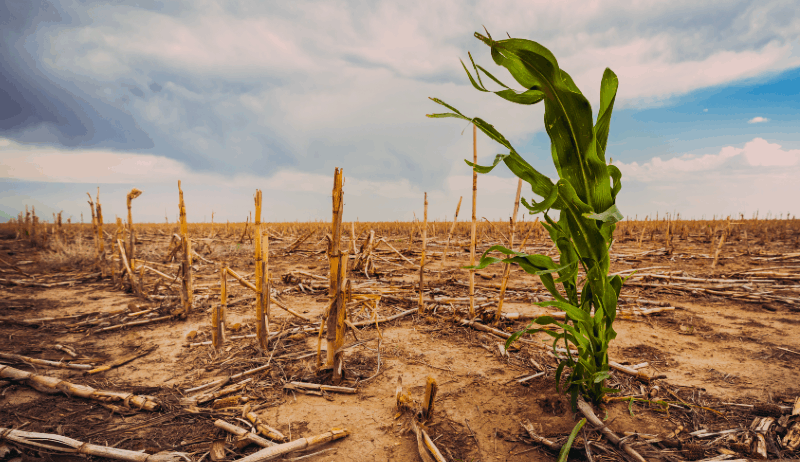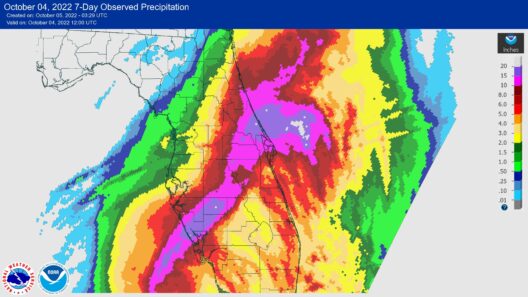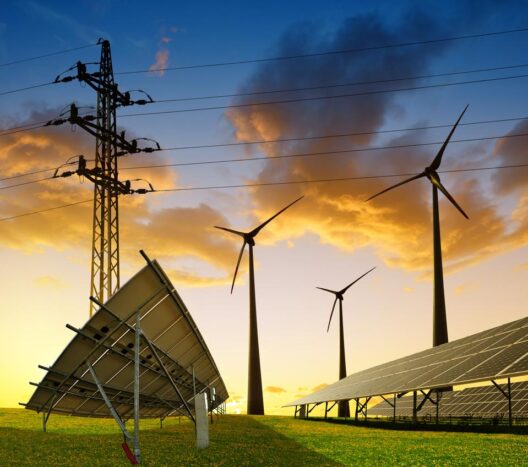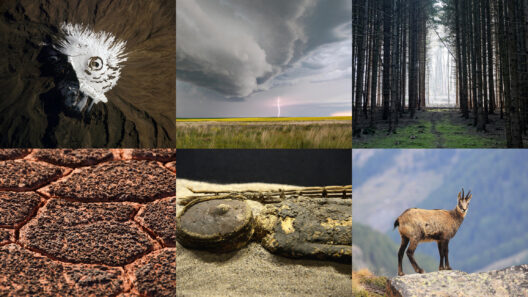Global warming, an existential threat looming over our planet, poses formidable challenges to agriculture worldwide. As temperatures rise, the delicate balance of ecosystems is disrupted, affecting food systems across the globe. Take Italy, for instance—a nation renowned for its rich culinary traditions that hinge upon diverse agricultural practices. Could it be that the future of Italian cuisine hinges on climate stability?
The pivotal question arises: how resilient are our food systems in the face of such climate perturbations? The relationship between global warming and agricultural viability is intricate and multifaceted. Prolonged droughts, erratic precipitation patterns, and escalating pest infestations are but a few manifestations of climate change that imperil crop yields. In Italy—a country that is home to an extraordinary array of agricultural products, from olive oil to wine—the stakes are particularly high.
Italy’s geography and climate have traditionally provided conducive conditions for agriculture. However, the perfect recipe for growth is being altered by rising temperatures and shifting weather patterns. Regions such as Tuscany, once famed for their abundant grape harvests, are beginning to witness stark changes. Vintners fret over the potential for reduced yields as summer heat intensifies and winter months grow shorter. Higher temperatures can lead to an accelerated grape maturation process, resulting in wines that lack the complexity and character that have rendered them iconic.
Moreover, as average temperatures rise, one might wonder about the implications for crop diversity. Biodiversity plays a crucial role in agricultural resilience; it allows ecosystems to adapt to changing conditions and mitigate the risk of total crop failure due to disease or pests. However, global warming threatens to diminish this essential diversity. Crops that thrive in warmer climates may proliferate, yet they could also outcompete traditional varieties crucial for preserving local culinary heritage and nutritional balance.
Water availability is another pressing concern. With shifting precipitation patterns, some regions of Italy could experience severe droughts, while others face the risk of flooding. This ambiguity complicates irrigation strategies, placing additional strain on farmers already grappling with the unpredictable nature of the climate. Water-intensive crops, such as rice or certain fruits, may become unsustainable in areas once thought to be fertile. How might Italian farmers adapt their practices to ensure a sustainable water supply while also maintaining crop yields?
Interestingly, the ecological footprint of agriculture itself contributes to the climate crisis, further entangling the issue. Intensive farming practices, deforestation for agricultural expansion, and the heavy use of fertilizers all exacerbate greenhouse gas emissions. As stakeholders in the agricultural sector become increasingly aware of their impact, a paradigm shift towards sustainable practices is imperative. Can Italy lead the way in redefining agricultural paradigms to ensure that the iconic flavors of its cuisine endure through generations?
Government policies and regulations will also play a critical role in shaping the future of agriculture under climate change. Cap-and-trade systems, incentives for organic farming practices, and support for innovative agricultural technologies are just a few avenues through which policy can drive positive change. The question becomes: will policymakers act swiftly enough to implement changes that could stave off the worst effects of global warming on Italy’s food systems?
Communities, too, must remain engaged in this global conversation. Consumer choices significantly influence agricultural practices. A growing public awareness surrounding sustainable food practices encourages farmers to adopt environmentally friendly methods. As Italians increasingly favor local, seasonal foods, the relationship between climate-conscious consumers and agricultural producers could flourish. This shift paves the way for a collaborative ecosystem that celebrates and preserves Italy’s rich agricultural heritage.
Furthermore, innovative agricultural techniques such as vertical farming and the use of climate-resilient crop varieties are gaining traction. These technologies offer pathways to mitigate some effects of global warming. Vertical farming utilizes controlled environments that maximize resource efficiency and reduce reliance on traditional, land-intensive farming. Are we on the verge of transforming where and how our food is grown to combat climate change effectively?
Scaling sustainable agriculture practices means recognizing the interconnectedness of agriculture and climate change. As Italy grapples with these challenges, it offers a unique opportunity to lead the way in developing solutions that could be emulated worldwide. Fostering collaboration between farmers, scientists, policymakers, and consumers may yield breakthroughs in agricultural resilience.
Moreover, education plays a crucial role in raising awareness about the impacts of climate change on food systems. Agricultural education initiatives can inform future generations about sustainable practices and encourage them to become stewards of the land. Can we inspire a collective commitment to reform our food systems for the betterment of both people and the planet?
As the ramifications of global warming continue to unfold, the imperative to adapt becomes more urgent. Italy’s agriculture is not merely a matter of economic interest; it is intertwined with cultural identity and heritage. As global temperatures rise, the resilience of Italy’s food systems will undoubtedly be tested. Yet, the challenge also presents an opportunity. Collective action, responsible consumption, and profound changes in agricultural practices could writhe through the sector.
Ultimately, the question remains: how can we ensure that Italy’s agricultural legacy withstands the test of time in the face of climate change? The answer may lie in our willingness to embrace change, invest in sustainable practices, and cultivate a deeper understanding of the environmental challenges that lie ahead. Only then can we hope to protect our food systems from the relentless threat of global warming.








